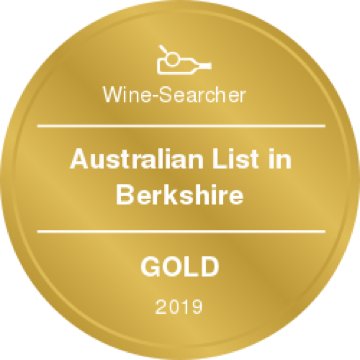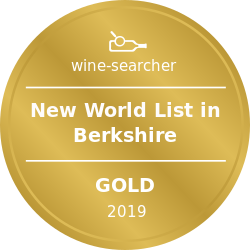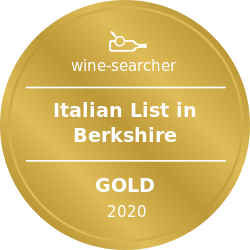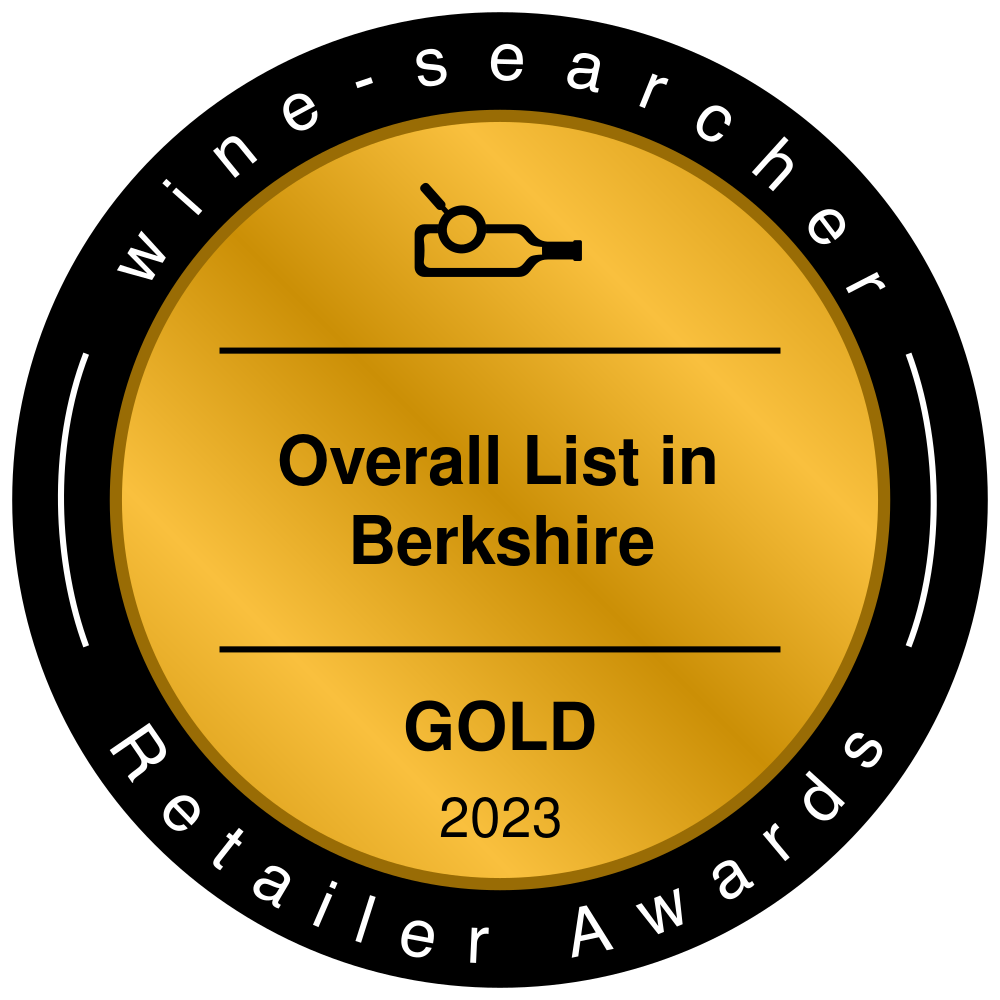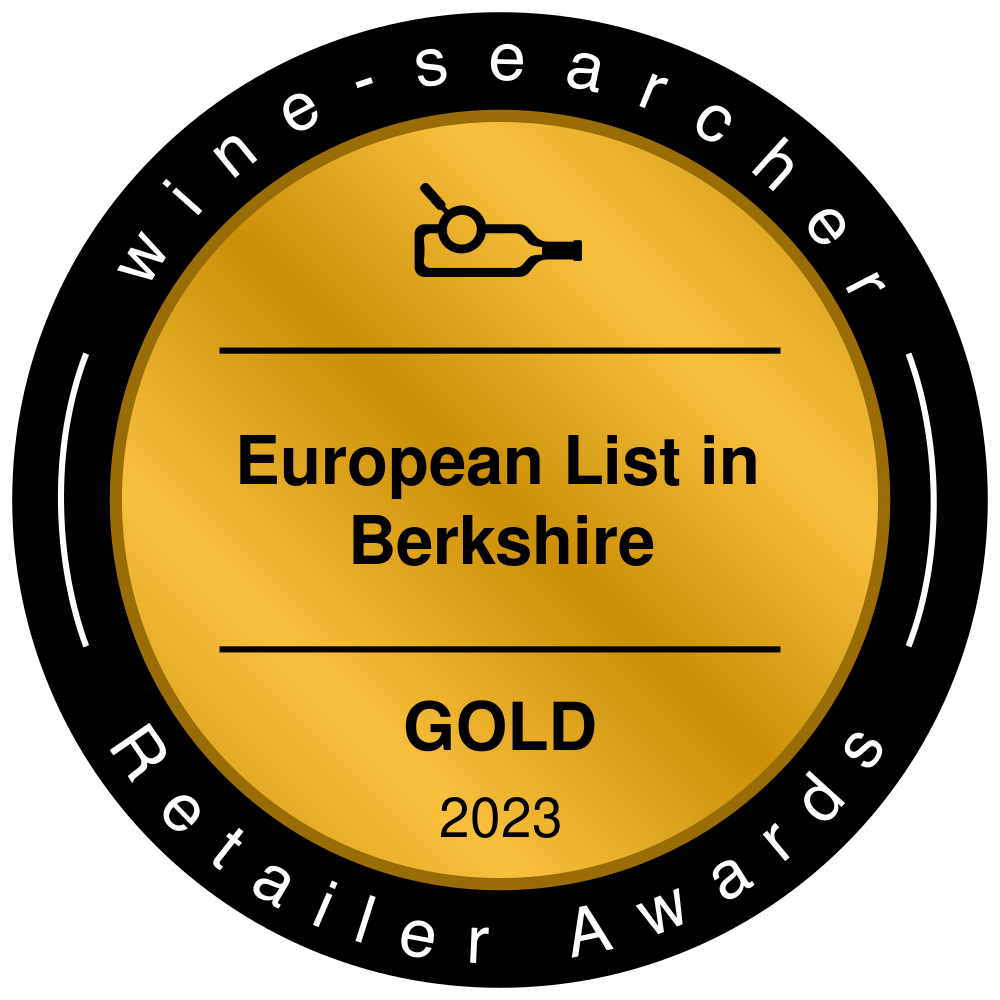Pale pink in colour. Complex nose with aromas of strawberries, blackberries and cherries as well as notes of violets. This wonderful rosé is is flavoursome, full-bodied and grapey on the palate.
Delivery Charges
*Local Free Delivery: SL3 and SL4 postcode (Windsor/Datchet)
*Local Free Delivery: All SL (Except SL7), HP9, GU25, TW18, TW19 & TW20 postcodes. (Min. 6 bottles or 1 Hamper or 1 of our selected Wine cases purchased)
- England and Wales £12.00
- England and Wales Free Delivery (Over £200 purchased)
- Northern Ireland £30 (All BT postcodes)
- Scotland £15.00 (EH, FK, G, KA, KY, ML, DG and TD postcodes)
- Scottish Highlands and Islands £ 30.00 (All AB; DD; HS; IV; KW; KA27-28; PA; PH; TR21-25; ZE postcodes)
More Information
Rosé
Rosé wine is made from red grapes and grape skins are allowed to ferment with the juice for only a brief time. Then the pink-tinted juice is drained, or bled off from the skins and the resulting colour ranges from pale pink to a deeper shade of salmon according to taste and market desire.
Cabernet Franc
Originally a native to the southwest of France, this is both parent to, and overshadowed by, the illustrious Cabernet Sauvignon. Although more prevalent on the right bank of the Gironde, Cabernet Franc has become viewed as the ‘insurance‘ grape of Bordeaux; it ripens earlier and is less susceptible to poor weather than the major Bordeaux varieties. This makes it suitable for cooler climes like the Loire Valley, where it has thought to have been grown since the sixteenth century. The Bordeaux connection has led it to be planted in most well-established world wine regions – albeit usually in the shadow of Cabernet Sauvignon – and used as a blending partner, although it is gathering credence for single varietal wines in Northern and Central Italy and Eastern Europe. The gentle growing season in cooler regions gives wines with lightish body, distinctive freshness and a mix of floral, red fruit and capsicum flavours; on the warmer Tuscan Maremma, the most southerly of these regions, it gains body and darker fruit character.






